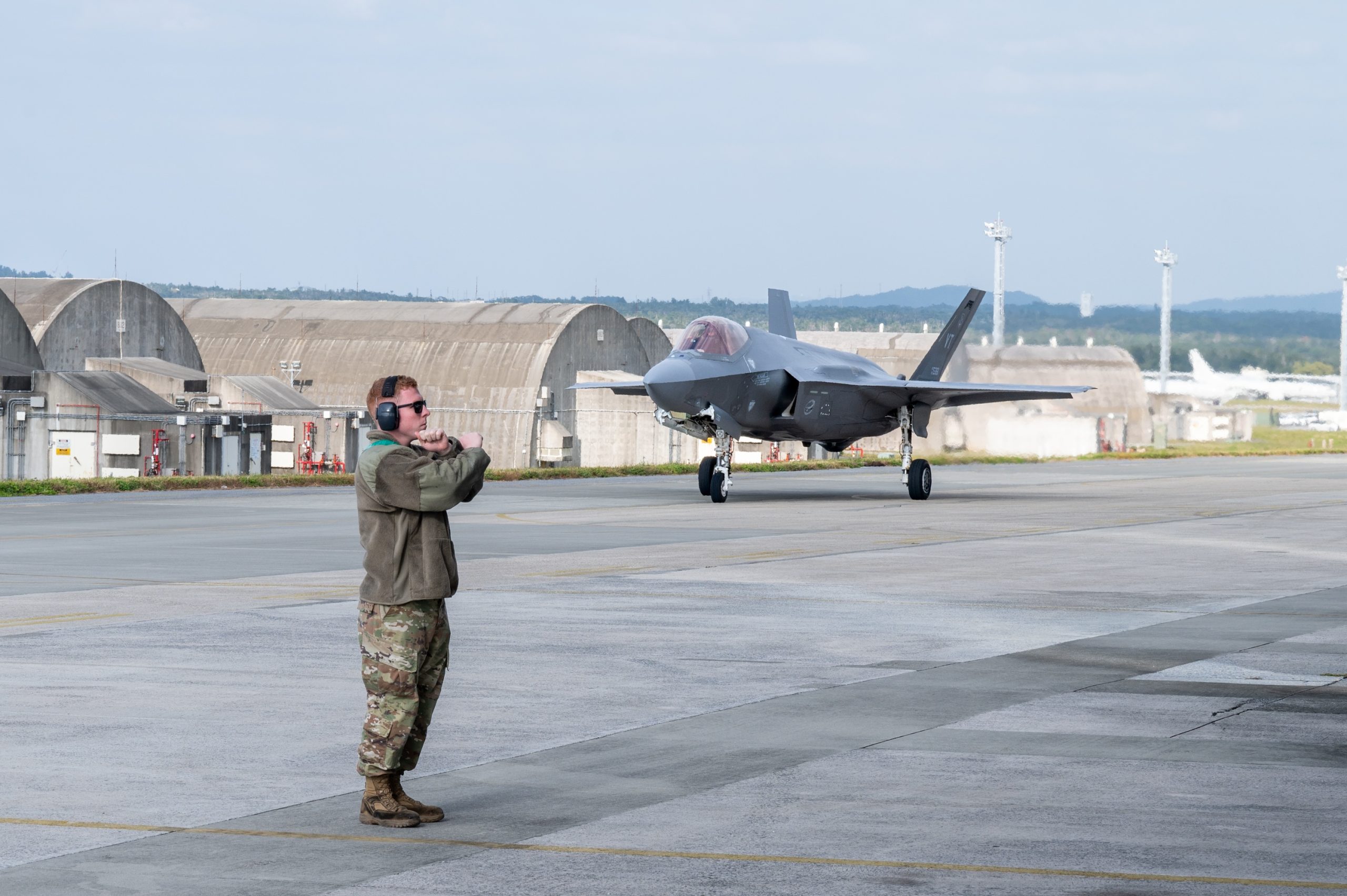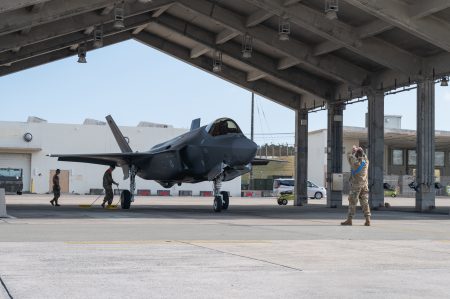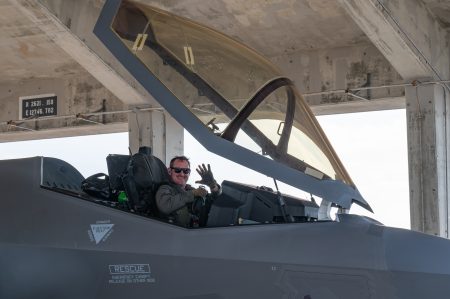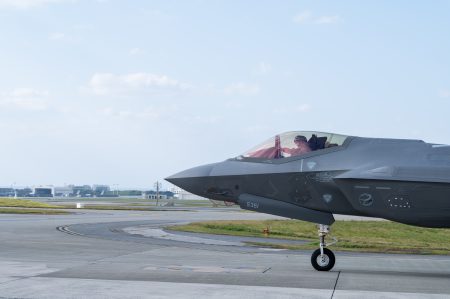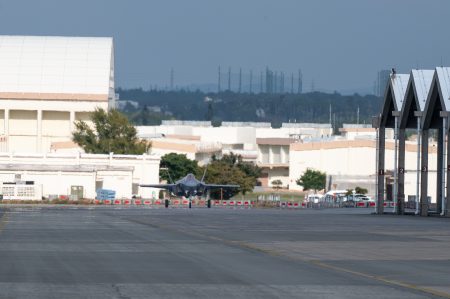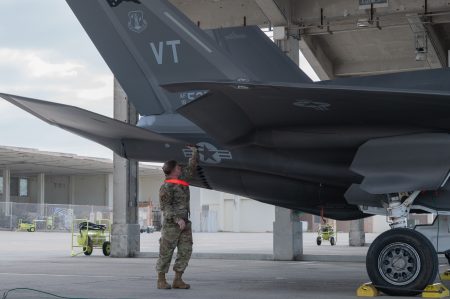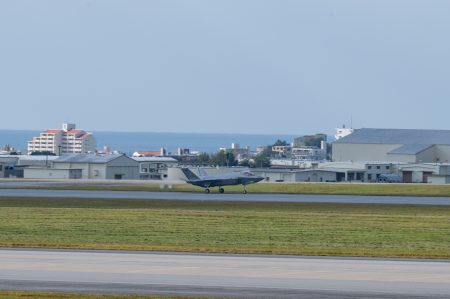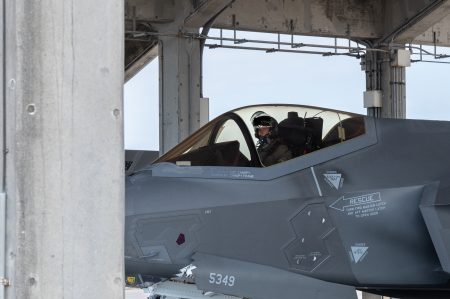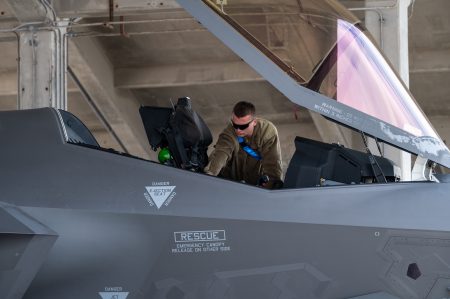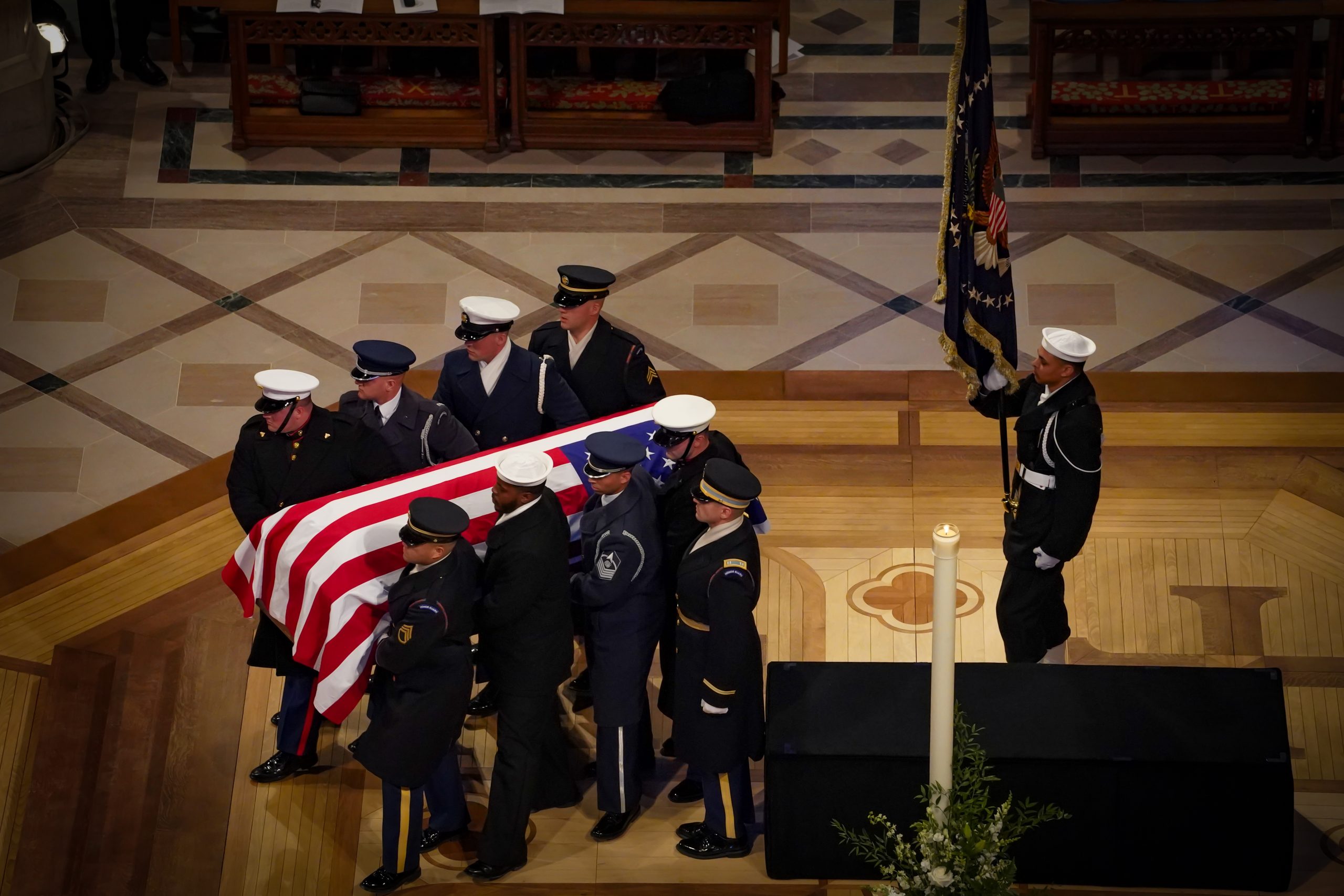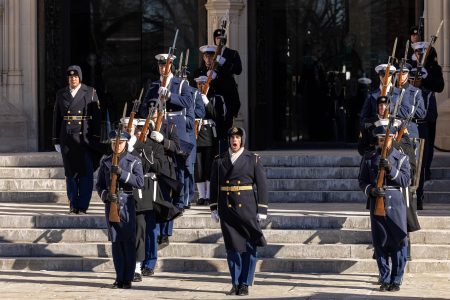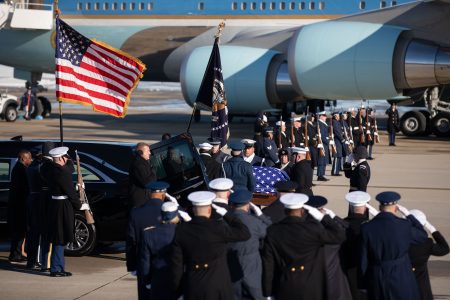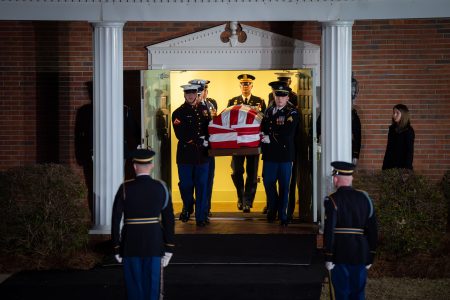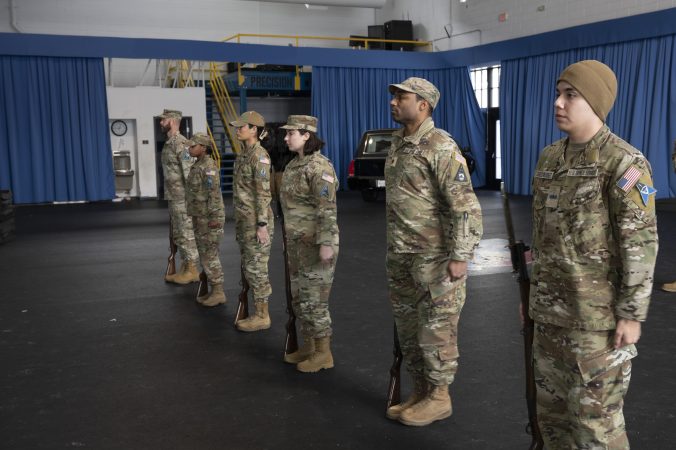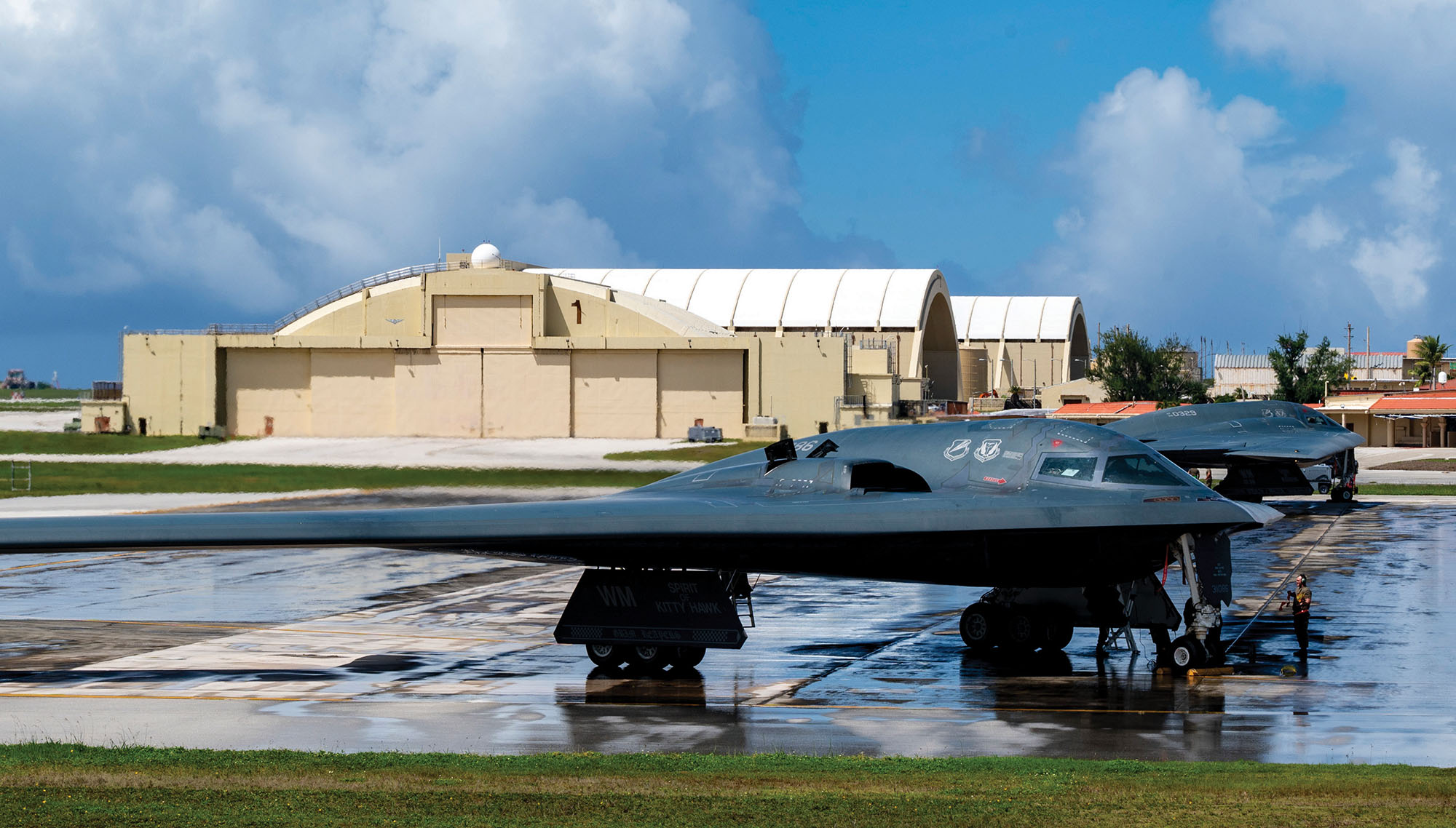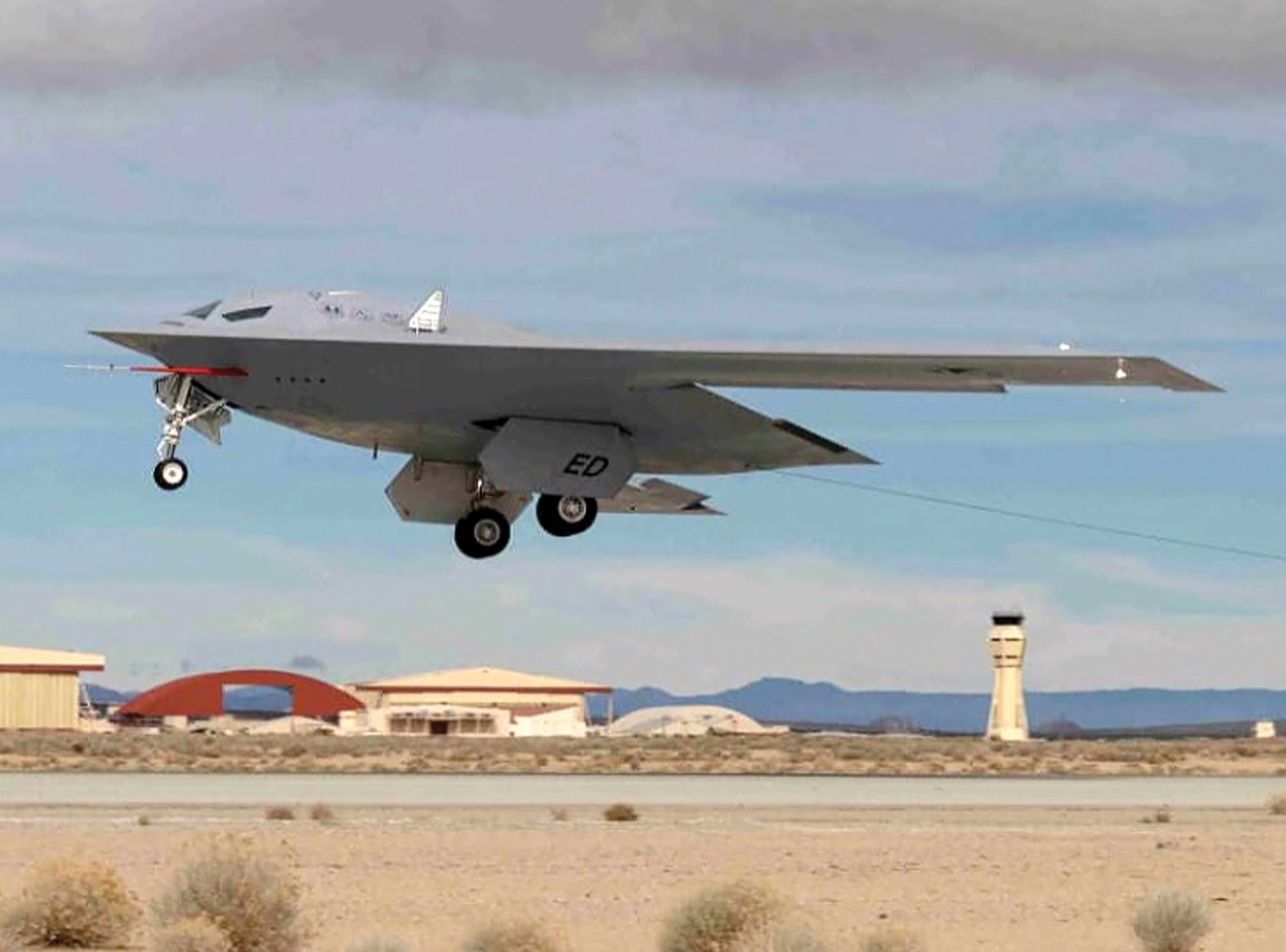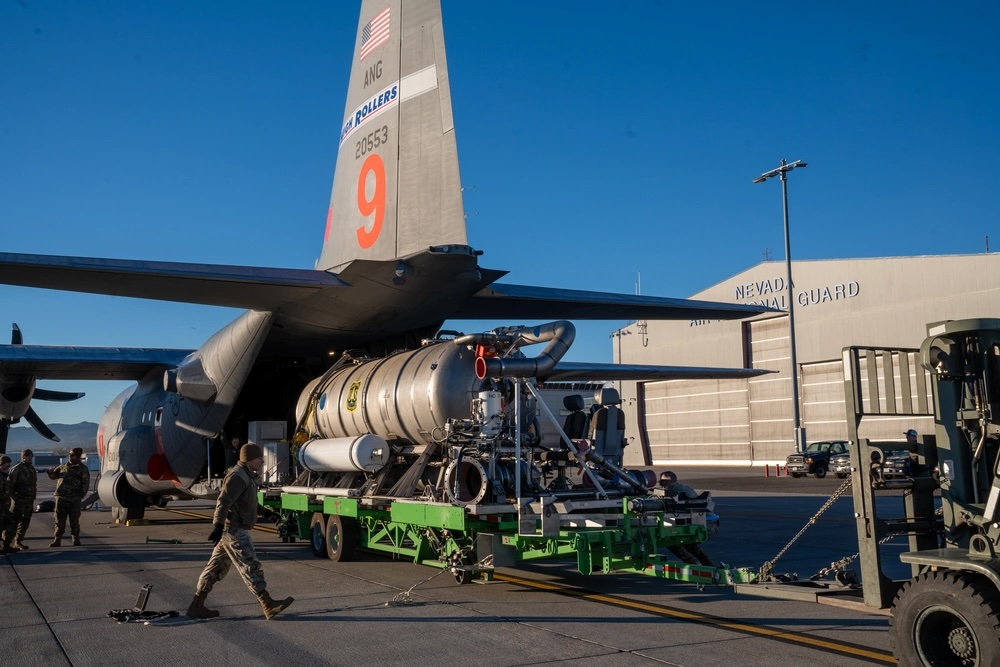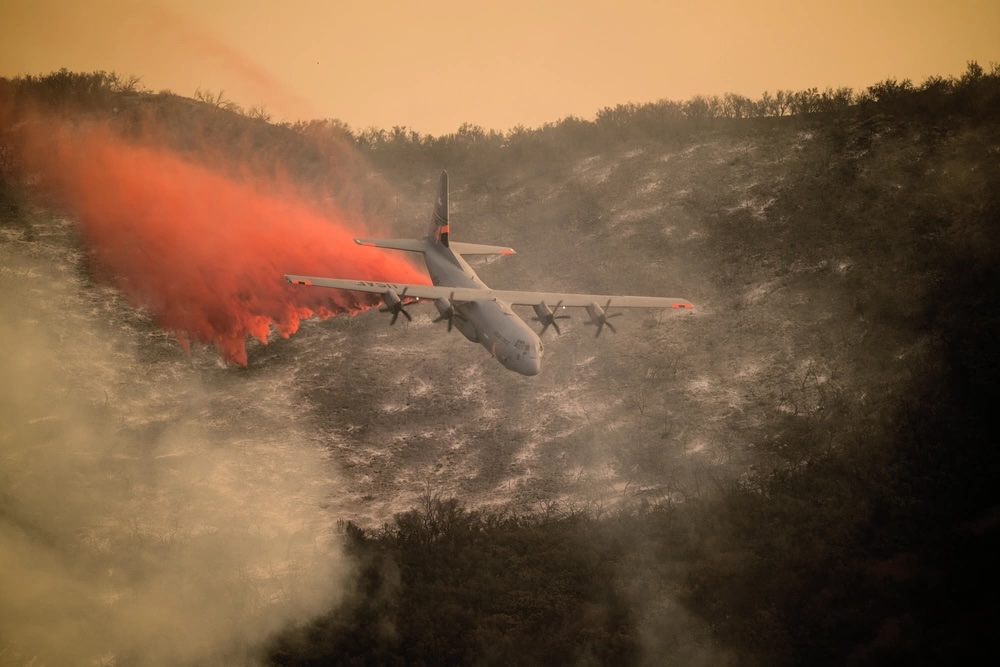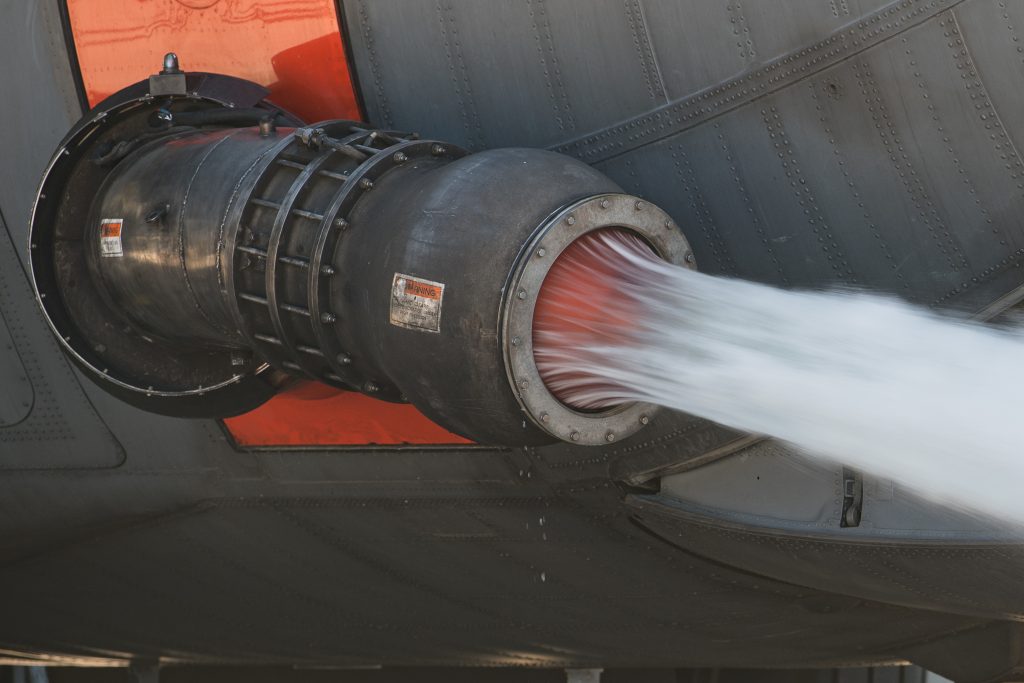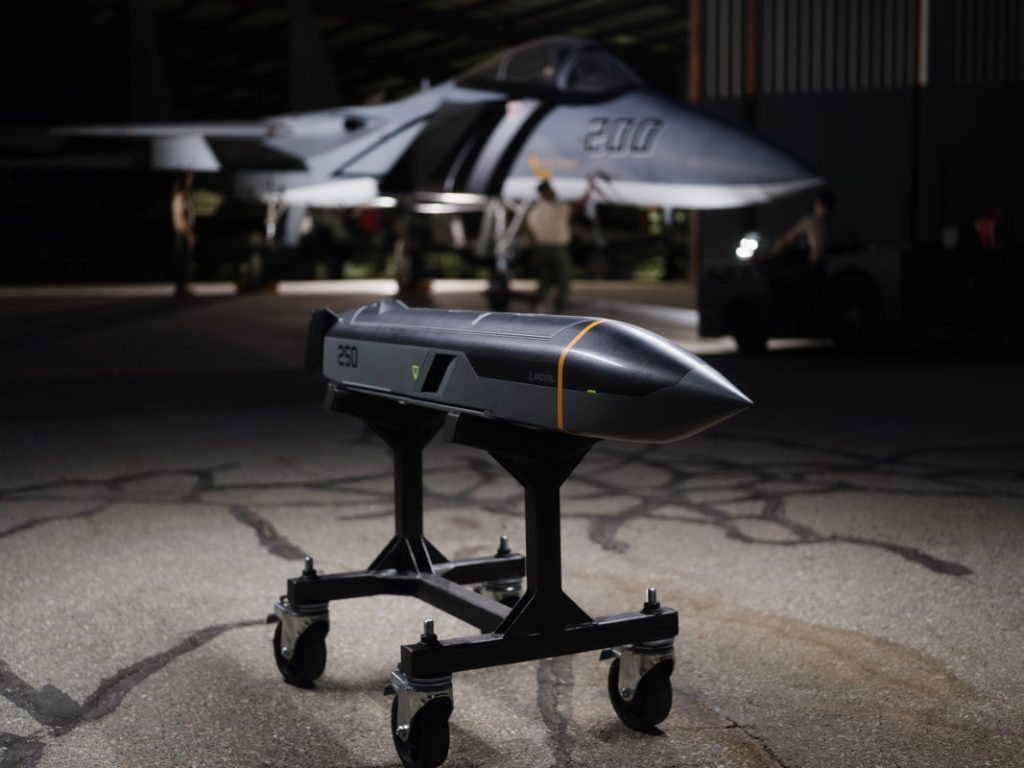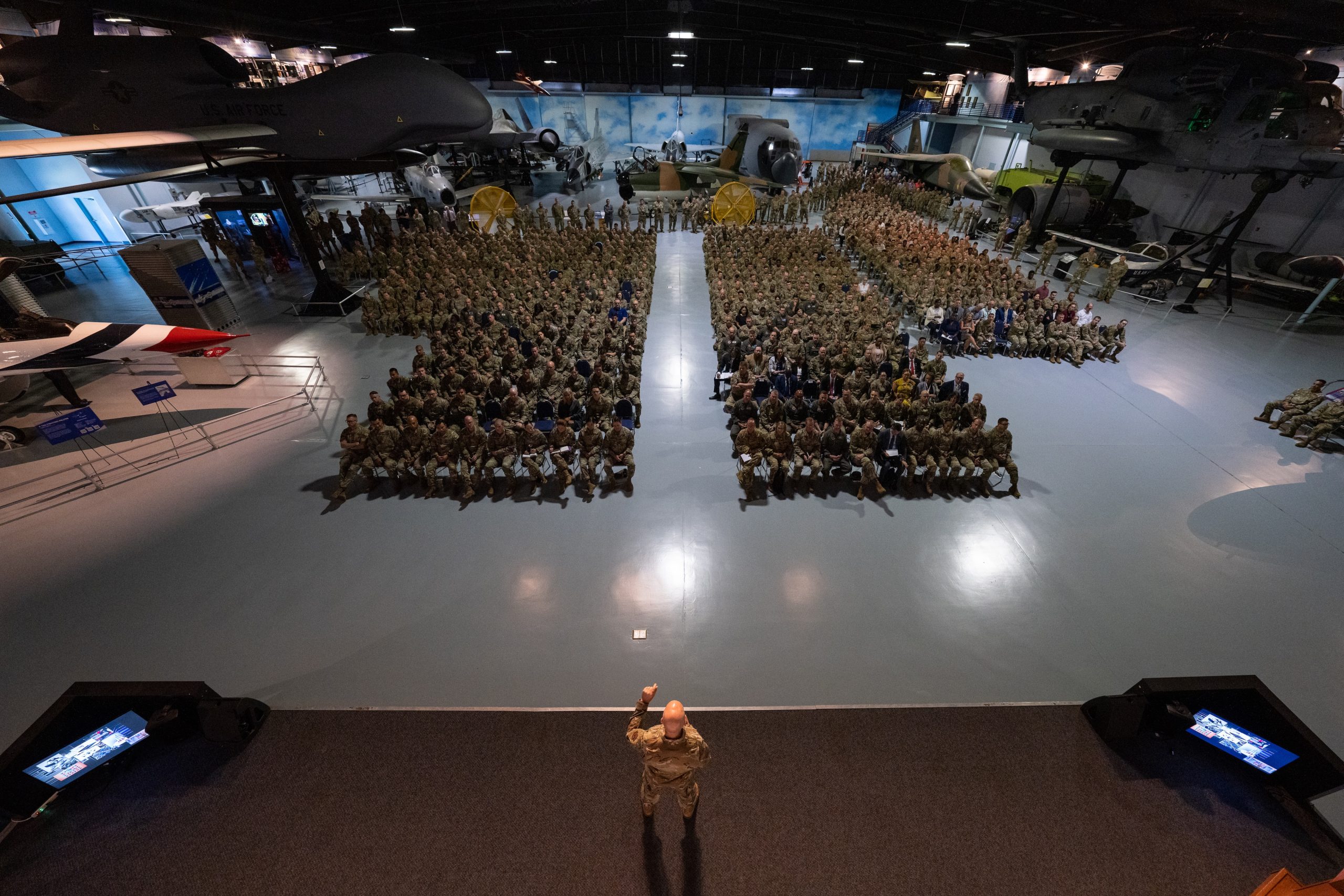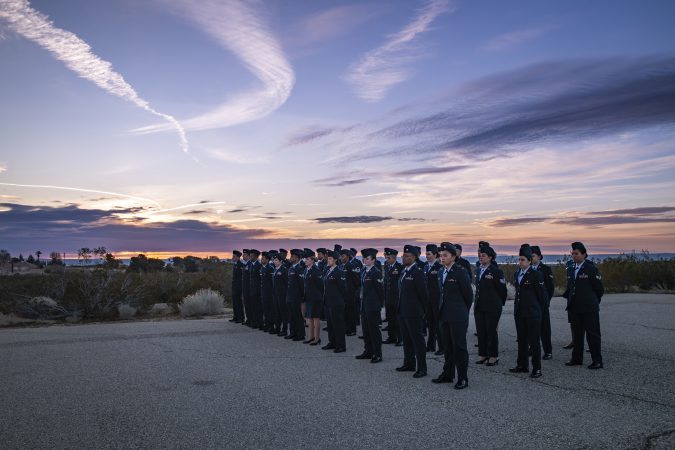F-35 Lightning II fighters from the Vermont Air National Guard deployed to Kadena Air Base, Japan, on Jan. 13, in the latest rotation of fighters to the strategic U.S. outpost in the western Pacific, the Air Force announced.
The F-35s are assigned to the Vermont ANG’s 158th Fighter Wing, which in 2019 became the first Guard unit to be equipped with the fifth-generation multirole fighter. The aircraft that deployed to Japan will operate as the 134th Expeditionary Fighter Squadron.
The Air Force is retiring its aging F-15C/D Eagles, a type that has been stationed at Kadena since the late 1970s. The service plans to eventually permanently station new, enhanced fourth-generation F-15EX Eagle II jets on Kadena. In the meantime, it is maintaining a fighter presence in Japan with rotational deployments.
The F-35s join other F-35 Lightnings already at Kadena, as well as air superiority F-22 Raptors and multirole F-16 Fighting Falcons, according to a press release from the 18th Wing, Kadena’s host unit. The F-35s already there are from Hill Air Force Base, Utah, while the F-16s are from the 77th Expeditionary Fighter Squadron out of Shaw Air Force Base, S.C., and the F-22s are from the 525th Expeditionary Fighter Squadron out of Joint Base Elmendorf-Richardson, Alaska.
The U.S. Marine Corps also operates F-35s from Japan.
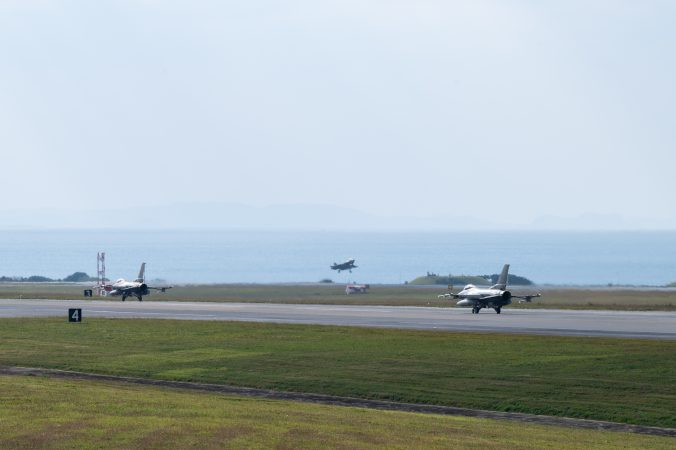
The F-35s, F-22s, and F-16s will “continually provide forward fighter capabilities in support of theater deterrence and U.S. Indy-Pacific Command objectives,” the 18th Wing said. “These continuous rotations of aircraft at Kadena ensure the 18th Wing remains flexible and postured to deliver lethal and credible airpower to deter acts of aggression.”
Kadena is a pivotal base for the Air Force, located on the Japanese island of Okinawa, part of the first island chain off of the Pacific mainland. Kadena is located roughly 200 miles from Taiwan. The deployments of advanced fighters allow the Air Force a steady-state fighter presence as the F-15C/Ds head home to retirement or Air National Guard units. The Air Force has not disclosed how many operational F-15C/Ds are left at Kadena.
“Rotational aircraft are a normal part of Kadena’s operations, and their presence ensures the continuation of our long-standing mission to defend Japan and maintain an open and free Indo-Pacific,” Col. David Deptula, the commander of the 18th Operations Group, said in the news release.
The Air Force said the 134th Expeditionary Fighter Squadron will practice Agile Combat Employment, the service’s model for flexible, bare-bones basing. Rotational fighter units deployed to Kadena have routinely conducted operations throughout the region.
“Our squadron eagerly anticipates the chance to elevate our training by testing ACE concepts during this deployment,” Lt. Col. Trevor Callen, the 134th Expeditionary Fighter Squadron commander, said in the release. That training will “significantly enhance our operational versatility in the Indo-Pacific,” he added.
For now, the “18th Wing will continue to receive rotational units that strengthen capabilities, such as ACE, and project combat power in concert with allies and partners,” according to the unit.
